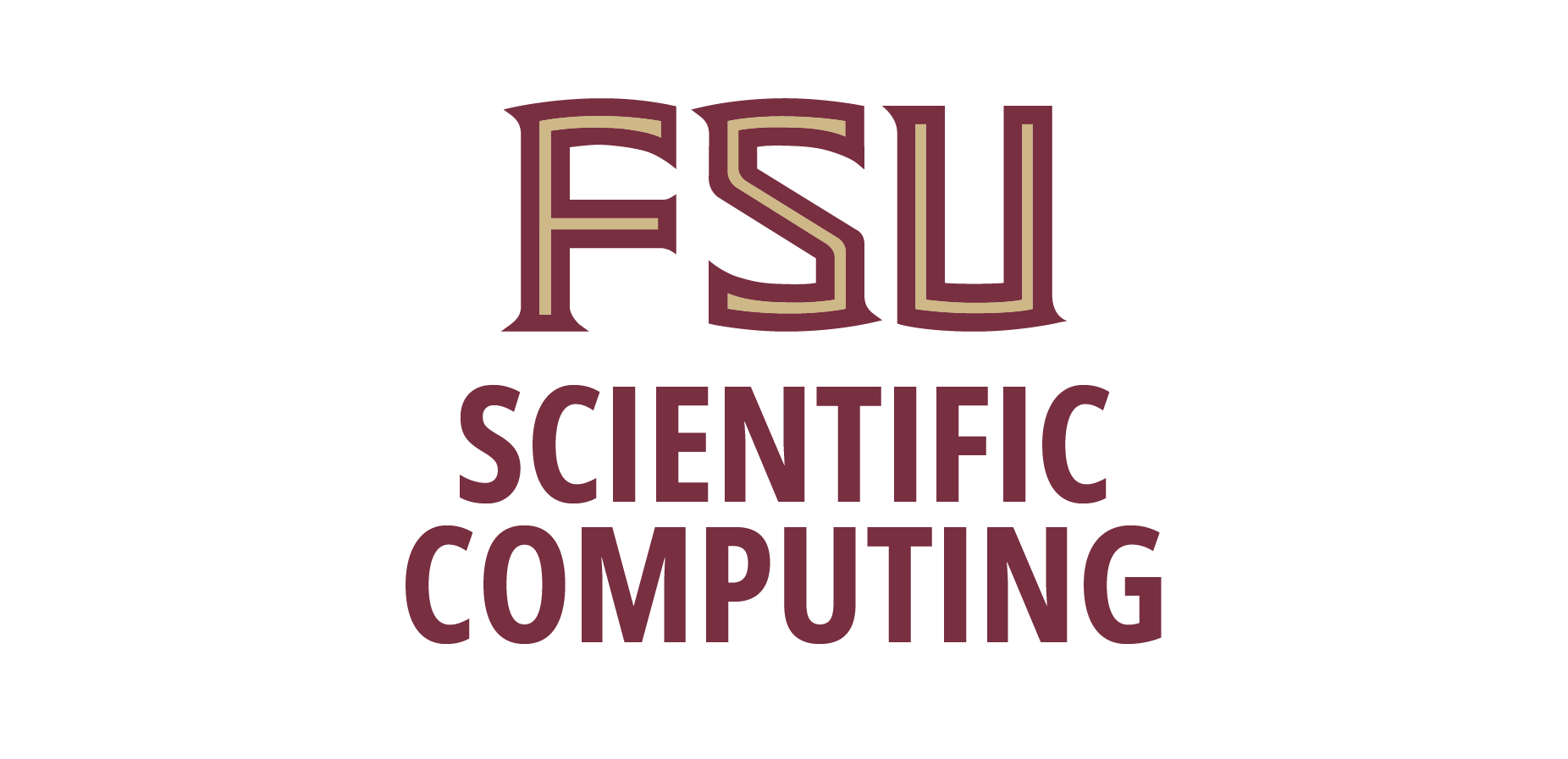Ben Adcock
Professor of Mathematics,
Simon Fraser University
"CS4ML: A general framework for active learning with arbitrary data based on Christoffel functions"
Wednesday, Apr 24, 2024
Abstract:
Active learning is an important concept in machine learning, in which the learning algorithm can choose where to query the underlying ground truth to improve the accuracy of the learned model. As machine learning techniques come to be more commonly used in scientific computing problems, where data is often expensive to obtain, the use of active learning is expected to be particularly important in the design of efficient algorithms. In this talk, I will describe a general framework for active learning in regression problems. This framework extends the standard setup by allowing for general types of data, rather than merely pointwise samples of the target function. This generalization covers many cases of practical interest, such as data acquired in transform domains (e.g., Fourier data), vector-valued data (e.g., gradient-augmented data), data acquired along continuous curves, and multimodal data (i.e., combinations of different types of measurements). The framework considers random sampling according to a finite number of sampling measures and arbitrary nonlinear approximation spaces (model classes). I will introduce the concept of generalized Christoffel functions and show how these can be used to optimize the sampling measures. I will then describe how this leads to near-optimal sampling strategies in various important cases. This talk focuses on applications in scientific computing, where, as noted, active learning is often desirable, since it is usually expensive to generate data. I will conclude by demonstrating the efficacy of this framework for gradient-augmented learning with polynomials, Magnetic Resonance Imaging (MRI) using generative models and adaptive sampling for solving PDEs using Physics-Informed Neural Networks (PINNs).
This is joint work with Juan M. Cardenas (UC Boulder) and Nick Dexter (Florida State). The associated paper can be found here: https://openreview.net/pdf?id=aINqoP32cb

